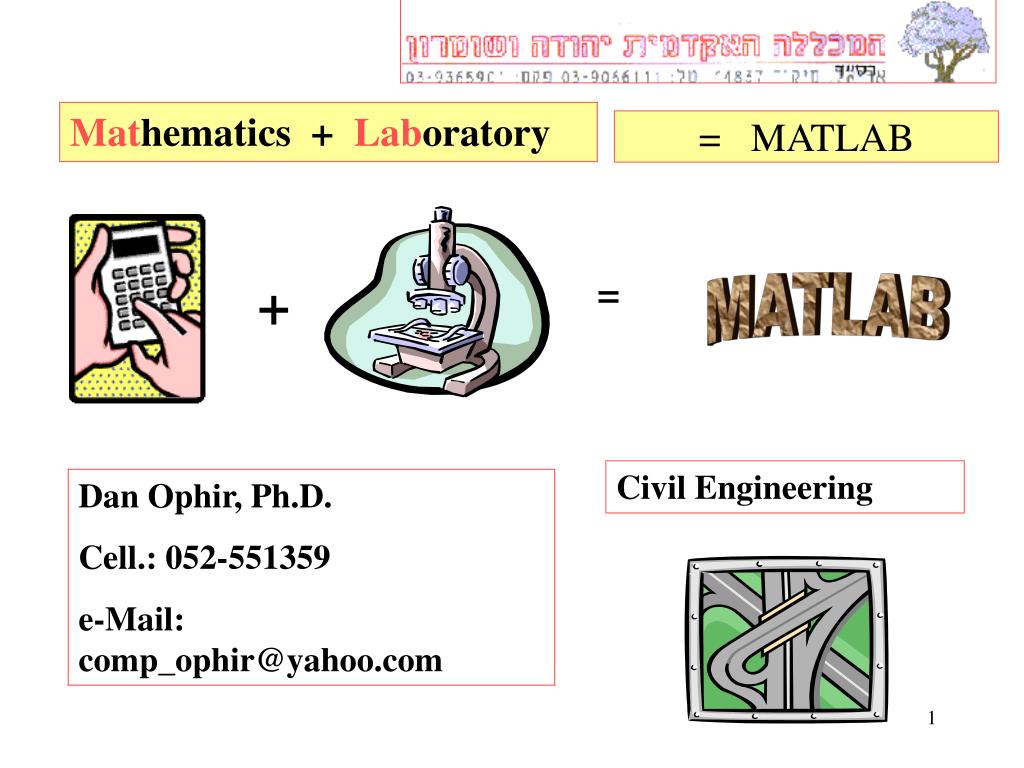


When a function has a discontinuity for some particular value of the variable, the limit does not exist at that point.
Matlab e verification#
Verification of Basic Properties of Limits using Octave
Matlab e code#
ExampleĬreate a script file and type the following code into it − Let us calculate the limits of the functions as x tends to 5, of both functions and verify the basic properties of limits using these two functions and MATLAB. Verification of Basic Properties of LimitsĪlgebraic Limit Theorem provides some basic properties of limits. Octave will execute the above statement and return the following result − The first being the expression and the second is the number, that x approaches, here it is a.įor example, let us calculate limit of a function f(x) = (x-3)/(x-1), as x tends to 1.įollowing is Octave version of the above example using symbolic package, try to execute and compare the result − To calculate lim x->a(f(x)), we use the limit command with arguments. You can also compute limit of a function, as the variable tends to some number other than zero. The limit function falls in the realm of symbolic computing you need to use the syms function to tell MATLAB which symbolic variables you are using. MATLAB will execute the above statement and return the following result −

In its most basic form, the limit function takes expression as an argument and finds the limit of the expression as the independent variable goes to zero.įor example, let us calculate the limit of a function f(x) = (x 3 + 5)/(x 4 + 7), as x tends to zero. MATLAB provides the limit function for calculating limits. We will also discuss solving differential equations.įinally, in the Integration chapter, we will discuss integral calculus. In the next chapter Differential, we will compute derivative of an expression and find the local maxima and minima on a graph. In this chapter, we will discuss pre-calculus concepts i.e., calculating limits of functions and verifying the properties of limits.

This chapter will deal with problems of calculus. Best of all, you can easily plot the graphs of complex functions and check maxima, minima and other stationery points on a graph by solving the original function, as well as its derivative. MATLAB provides various ways for solving problems of differential and integral calculus, solving differential equations of any degree and calculation of limits.


 0 kommentar(er)
0 kommentar(er)
